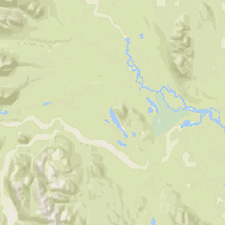Alaska SeaLife Center
The Alaska SeaLife Center (ASLC) is the only public aquarium in Alaska that is a combined marine research, education, and wildlife response facility. The ASLC is an accredited member of the Association of Zoos and Aquariums and the Alliance of Marine Mammal Parks and Aquariums.
Explore an undersea kelp forest, meet the birds in the aviary, and enjoy the antics of Steller sea lions and seals in the Rocky Coast exhibit. Don’t miss the new Rocky Coast Discovery Pool Exhibit. This new exhibit features six main pools and three small feature tanks for guests to enjoy an up-close and hands-on learning experience. Then head to the Nose2Nose underwater viewing exhibits for more interactive educational fun. Marvel at the grace, speed, and playful personalities of seals and Steller sea lions and a fascinating and diverse array of fish and deep-diving sea birds. Check the daily schedule online for tours and encounters and to purchase your admission tickets. Buying your tickets early online provides the opportunity to plan your visit on a day that best accommodates your budget and schedule.
Getting There
Seward, AK 99664
By Car: Head south into the town of Seward, continue on the Seward Highway, which turns into 3rd Avenue. The Alaska SeaLife Center is located at 301 Railway, at the end of 3rd Ave (mile zero of Seward Highway), on the waterfront of Resurrection Bay.
By Train: Seward railroad depot is located at 410 Port Avenue. From there, walk to the center or hop on the Seward shuttle.
Prices & Dates
| Season | Year Round |
| Rates | Please check website for current prices. The earlier you buy your tickets, the more you will save |
| Adult (ages 13+), Military (w/ID), Child (ages 3-12), 2 and under, and Members are FREE. Special rates for Alaska Residents as well. | |
| Hours | Sep 27 - Mar 5 Thursday - Mondays 12pm - 5pm | Mar 6 - May 5 10am - 5pm Daily | May 6 - 22 9am 5 pm Daily | May 23 - Aug 17 9am - 7pm Daily | Aug 18 - Sep 1 9am - 6pm Daily | Sep 1 - 12 9am - 5pm Daily | Sep 13 - 25 10am - 5pm Daily | Closed Thanksgiving Day and Christmas Day |
| Rate Notes | Last entry is 1 hour before closing time |











